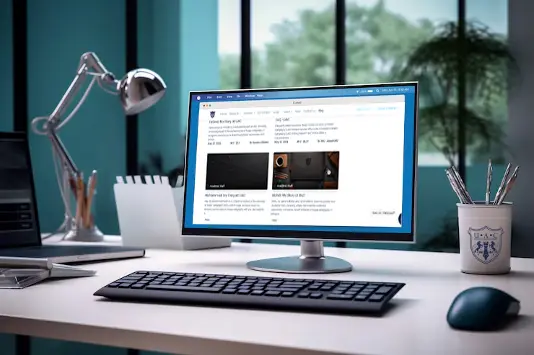Welcome to the Letter Jeem
Thuluth Calligraphy section of the Letter Animation Studio
On this page, you will find a detailed breakdown of the Jeem’s structure, its individual parts, and the precise technique required to craft it in the Thuluth style.
Anatomy of the Letter Jeem (shape 2)
Full Animation of Jeem
The Jeem (ج) in Shape 2 is a dynamic and intricate representation of Arabic calligraphy, combining fluidity and precision. This variation emphasizes the graceful balance of curves and proportions, making it a cornerstone of the Thuluth style. Below is a detailed breakdown of the five strokes that create this striking letter.
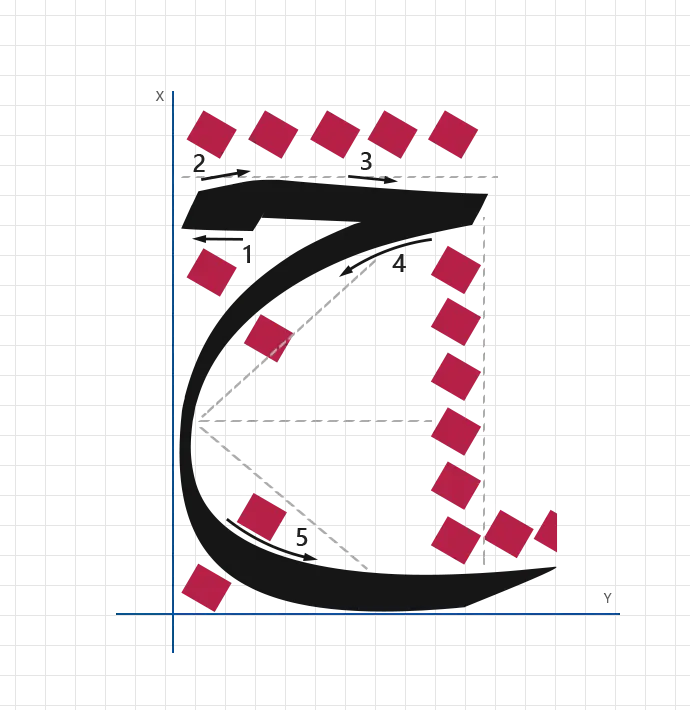
1.First Stroke
Start the letter at an angle of 63°, ensuring a smooth and natural flow.
The width of this stroke measures 1 1/2 nuqtas, setting the foundation for the Jeem’s structure.
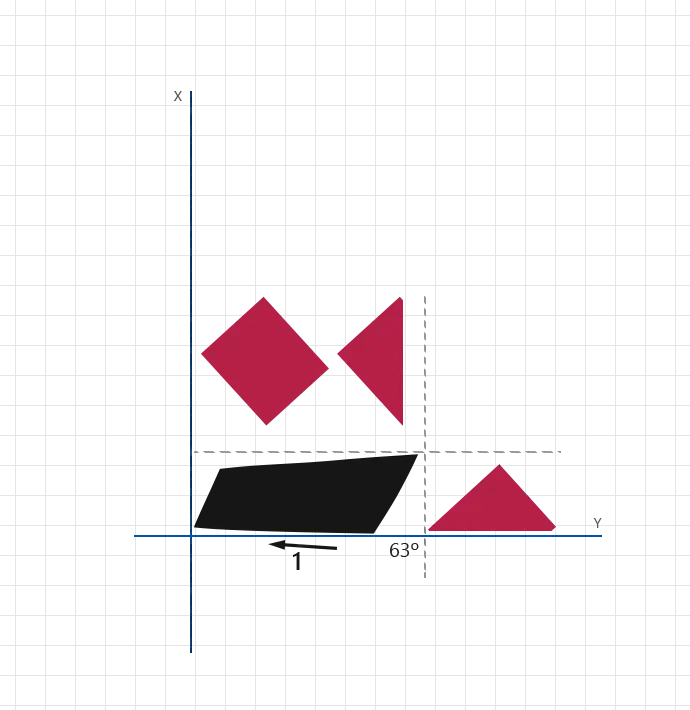
2.Second Stroke
Maintain the 63° angle for the second stroke, mirroring the first for symmetry.
The stroke width is also 1 1/2 nuqtas, continuing the balanced progression.
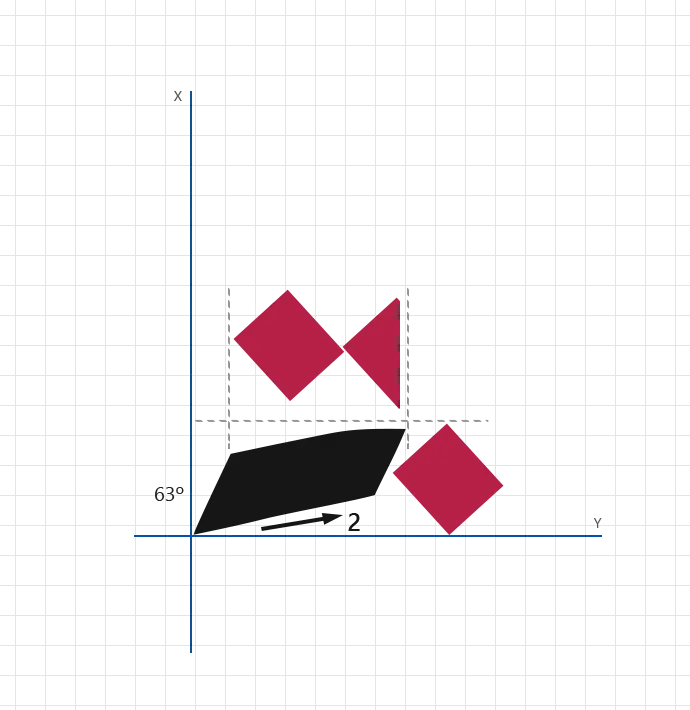
3.Third Stroke
Transition to a curved stroke that slopes gently downward.
The stroke measures 4 nuqtas in width and 1 nuqta in height, adding motion and character to the letter.
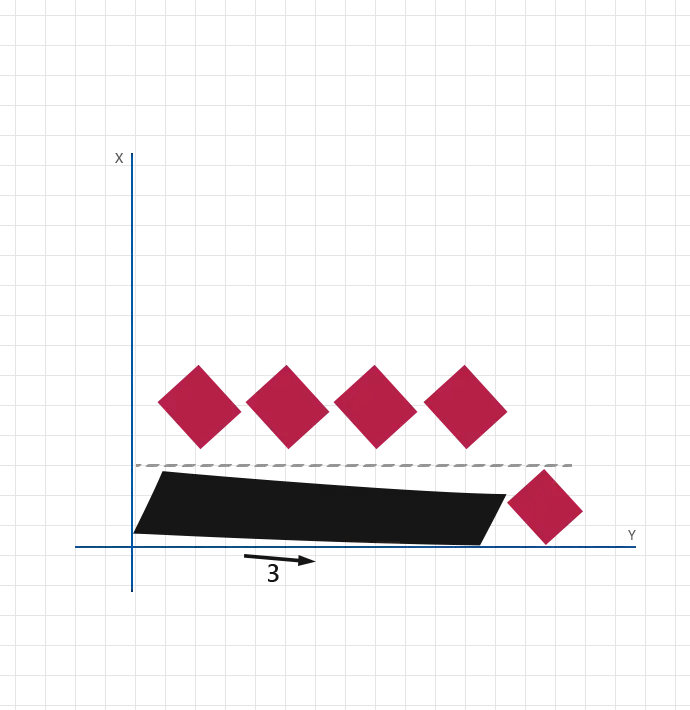
4.Fourth Stroke
Adjust to a 63° angle for this defining stroke.
The dimensions are 5 nuqtas in width and 4 nuqtas in height, creating the primary body of the Jeem.
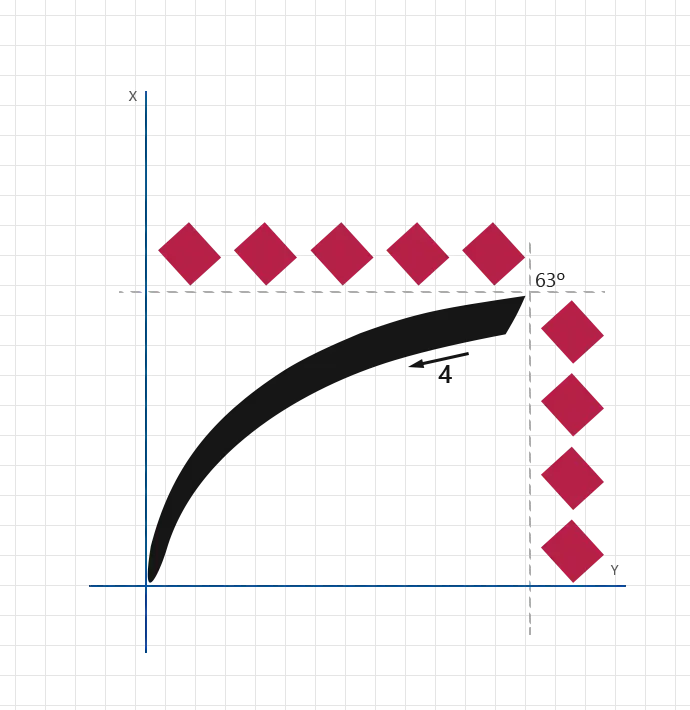
5.Fifth Stroke
Conclude with the tail, starting at a 90° angle.
This stroke measures 5 nuqtas in width and 4 nuqtas in height, with a tail that extends 1 1/2 nuqtas, completing the Jeem’s elegant form.
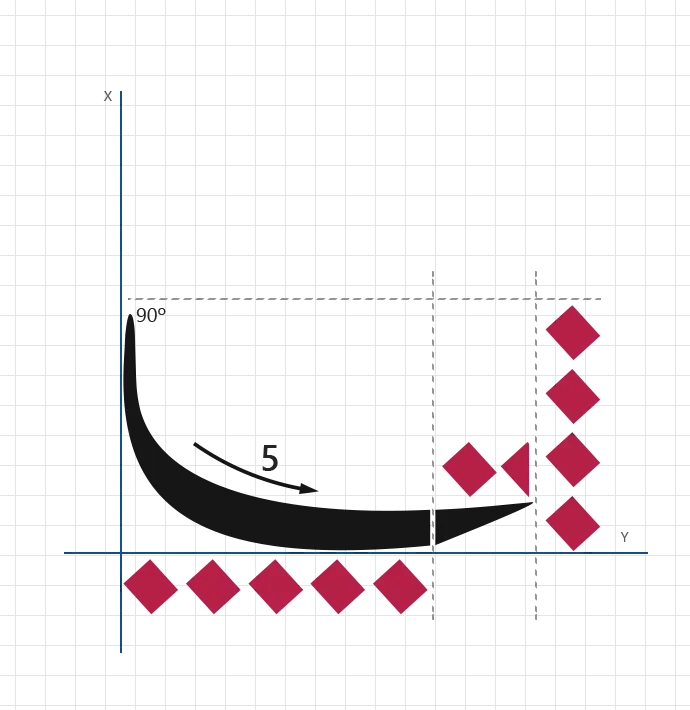
Guidelines for Letter Mastery
The "Guidelines for Letter Mastery" table provides a clear and systematic approach for students to practice and refine their Arabic calligraphy skills. It outlines each step, the recommended time allocation, and detailed descriptions to ensure effective and focused practice sessions. This table is designed to help students build consistency, master letter proportions, and develop a strong foundation in Arabic calligraphy.
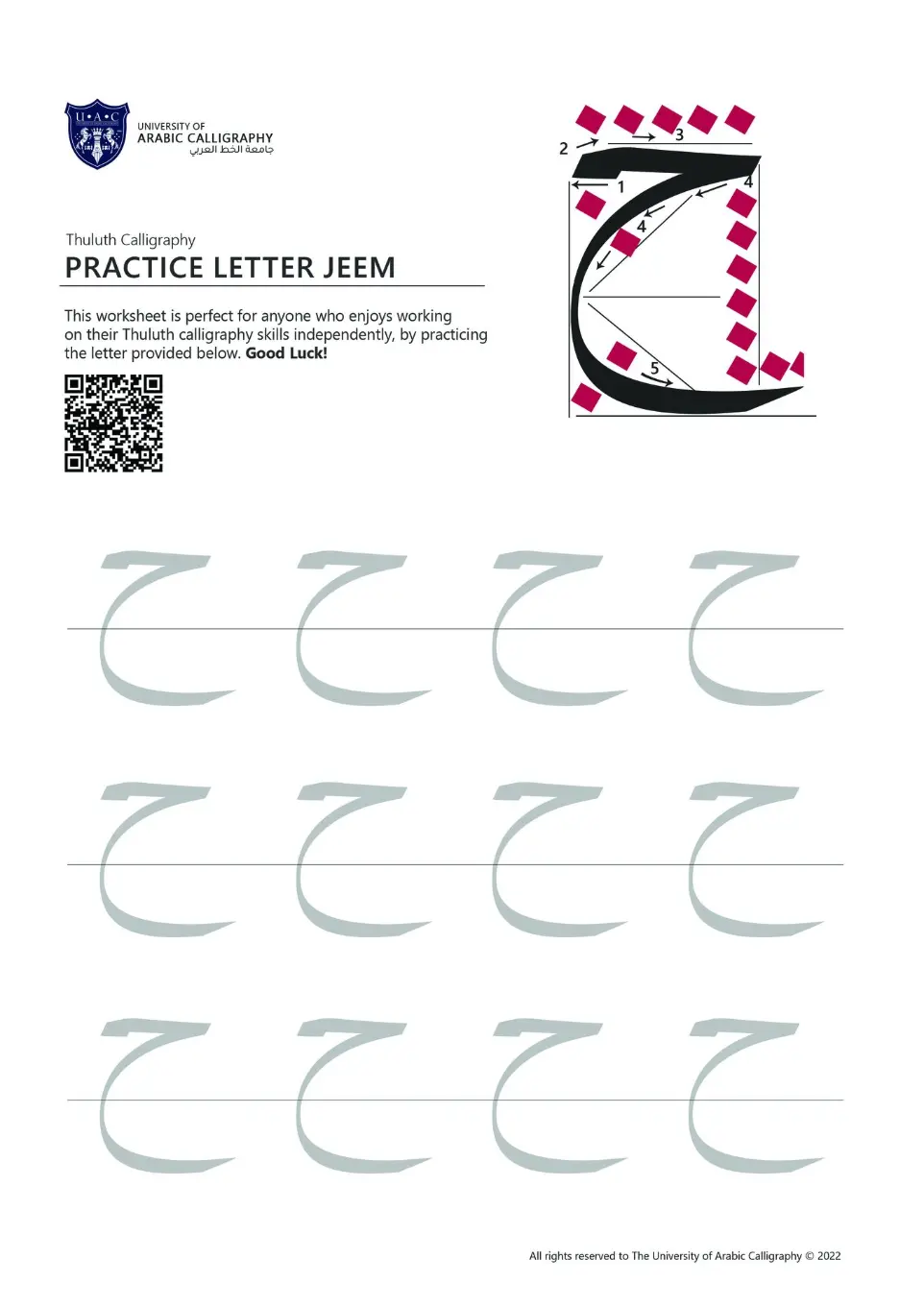
Personalized Feedback at UAC
At the University of Arabic Calligraphy (UAC), your growth as a calligrapher is our priority. Our instructors provide personalized feedback and precise corrections on your submitted worksheets, helping you refine every stroke with confidence.
When you complete your practice, upload your work through the link below to begin your assessment.
Our expert reviewers will carefully study your submission, offering detailed guidance to enhance your technique, consistency, and artistic expression.
This interactive experience ensures you are never practicing alone you are learning alongside a dedicated community that values excellence in Arabic calligraphy. Continue your artistic journey with UAC and advance toward mastery in this timeless art.



